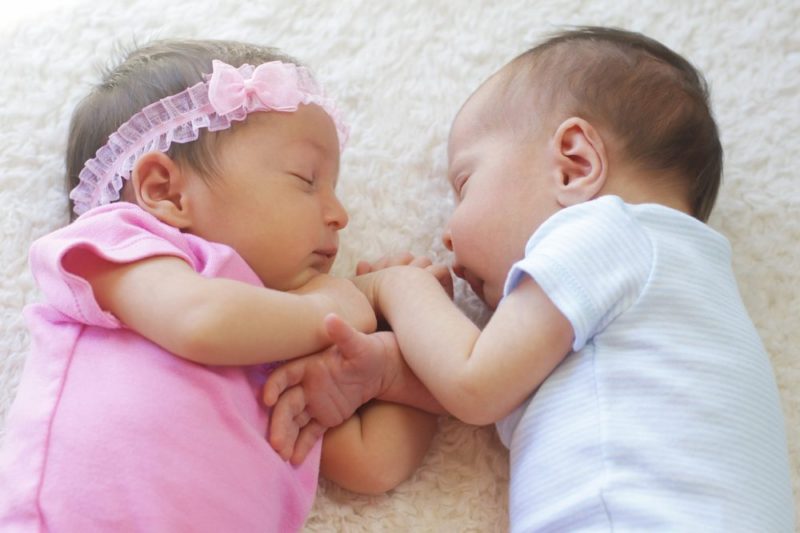Double the Trouble, But Way More Than Twice the Price: Why Is Having Multiples So Expensive?
A new study shows that the cost of having twins is five times higher than the cost of having one baby; triplets or more can cost as much as $400,000. The researchers suggest this is yet another reason to reduce the number of embryos transferred during in vitro fertilization.

A new study published in the American Journal of Obstetrics and Gynecology analyzed the average medical costs associated with live births and found that while having one baby cost about $21,000, having two at the same time was five times that, coming in at $105,000. Add another baby and that figure more than triples, with the cost of triplets exceeding $400,000. These figures are important, as rates of multiple births, often a result of assisted reproductive technologies, are on the rise.
For the study, investigators looked at records of almost 438,000 births between January 2005 and September 2010. The majority of these (97 percent) were singletons, 2.85 percent were twins, and 0.13 percent were triplets or more. They added all medical expenses for the mother from 27 weeks before delivery through 30 days after. They also counted all expenses for the baby or babies from delivery through their first birthdays.
They found that the total cost of having multiples was between five and 20 times higher than for singletons, which they attributed to care needed by the mothers and the infants. Dr. Dongmu Zhang, who led the study, said in a statement, “The greater expenses were likely to have been due to increased maternal morbidities, significantly increased use of cesarean section and longer hospital stay for the deliveries in women with multiple pregnancies, and increased admission and longer stay in NICU [the neonatal intensive care unit] for neonates of multiple gestations.”
One of the major differences between births of a single infant and births of multiples involves the care the infants need after delivery. The study found that with a singleton pregnancy, about 60 percent of the expenses were for care of the mother. In contrast, 70 percent of expenses for the birth of twins and 85 percent of expense for the birth of triplets go toward care of the infants.
According to researchers, about 40 percent of pregnancies with twins and 80 percent of those with triplets or more result from assisted reproductive technologies. Many of these technologies use harvested eggs and sperm to create embryos outside the body that are then transferred into a woman’s uterus to implant and grow. Since successful implantation can be difficult, fertility specialists often implant more than one embryo. This increases the likelihood of success, but it also increases the likelihood of multiples. Recently, experts have recommended that fewer embryos be transferred at one time to cut down on the chance of multiples.
The researchers of this new study agree, because of the risks to the mother and child as well as the increased expenses. They recommend more strategies aimed at minimizing the amount of embryos transferred for in vitro fertilization procedures.
